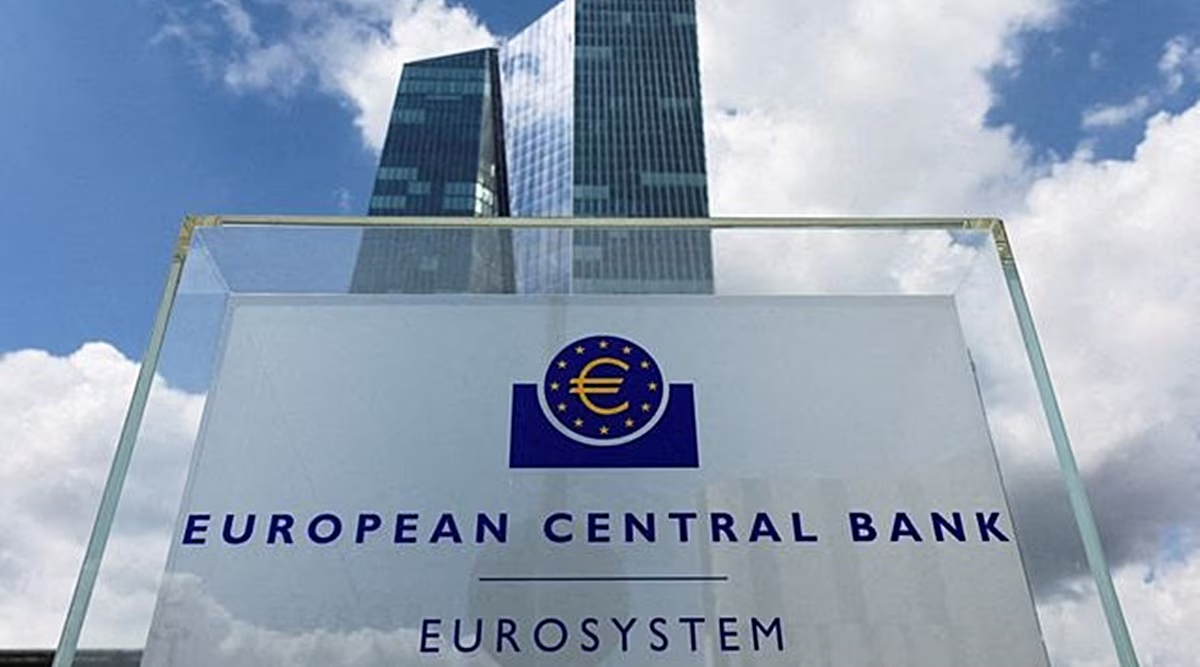 Image Source: Times Of India
Image Source: Times Of India
Global central banks added a net 12 tonnes of gold to their reserves in April, marking a 12% decline from March and falling below the 12-month average of 28 tonnes. Analysts suggest that the sharp rise in gold prices since the start of the year may have contributed to the slowdown, as central banks reassess their accumulation strategies.
Key Highlights
Gold Purchases Decline:
Central banks bought 12 tonnes of gold in April, down from March’s net purchases.
The National Bank of Poland remained the leading buyer, adding 12 tonnes, bringing its total reserves to 509 tonnes.
Reserve Bank of India (RBI) Holds Steady:
RBI’s gold reserves remained unchanged at 880 tonnes, with 512 tonnes stored domestically, an increase of 2 tonnes from six months ago.
African Central Banks Eye Gold Expansion:
The Bank of Namibia announced plans to increase gold reserves to 3% of total holdings.
The National Bank of Rwanda also expressed interest in building gold reserves, signaling a broader trend among emerging markets.
Market Reaction & Price Trends:
Gold prices approached a four-week peak before retreating due to profit-taking and a modest dollar recovery.
Domestic gold jewelry consumption in India is projected to grow by 12-14% in value terms in FY26, driven by strong demand.
Future Outlook:
The World Gold Council (WGC) expects overall buying to continue, given the uncertain economic and geopolitical landscape.
Analysts caution against reading too much into the recent slowdown, as central bank gold purchases tend to be strategic rather than reactive.
The decline in central bank gold buying reflects adjustments to reserve strategies amid rising prices, with emerging markets showing renewed interest in gold accumulation.
Source: Tribune India, The Hindu Business Line, and World Gold Council.
Advertisement
Advertisement







